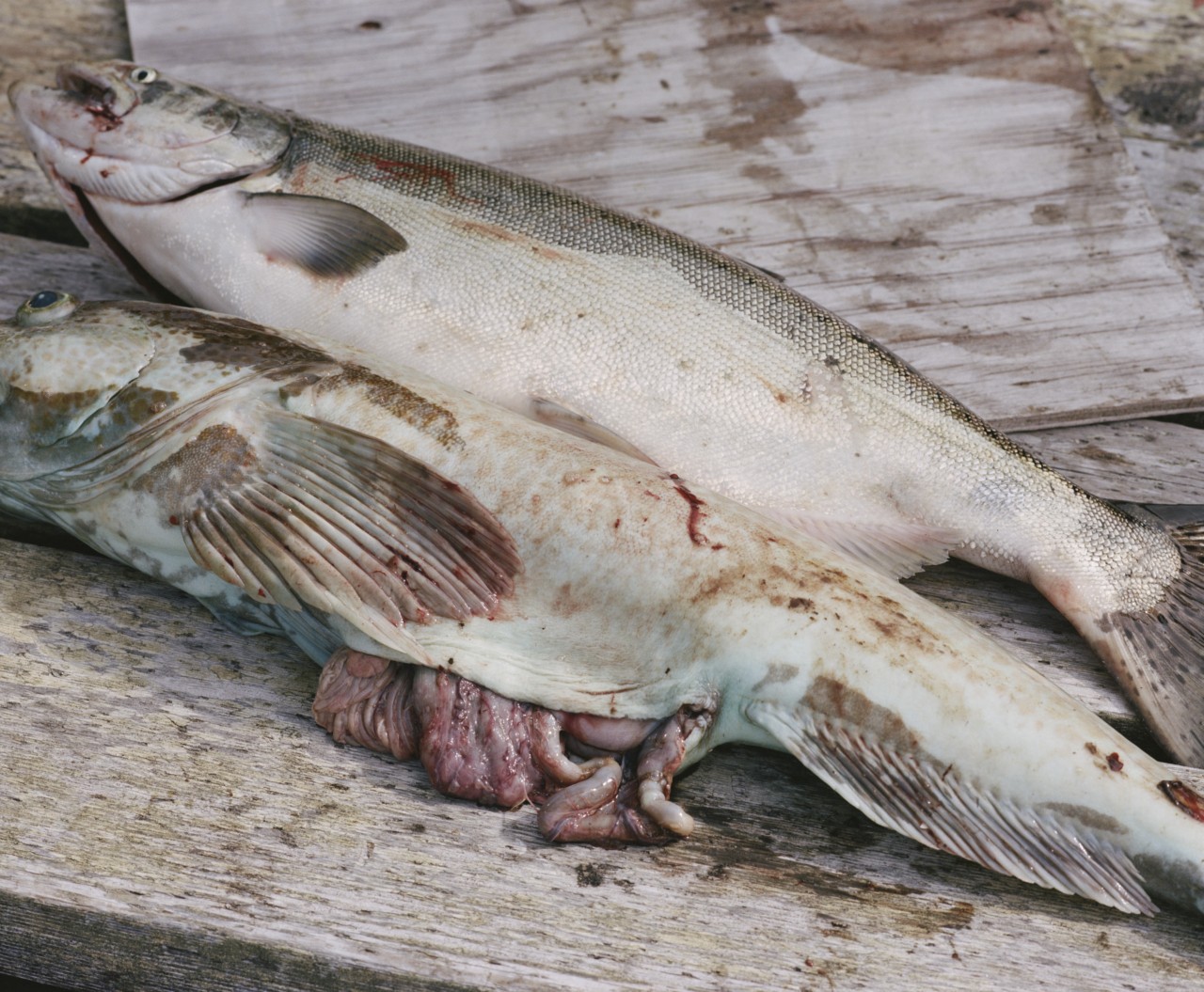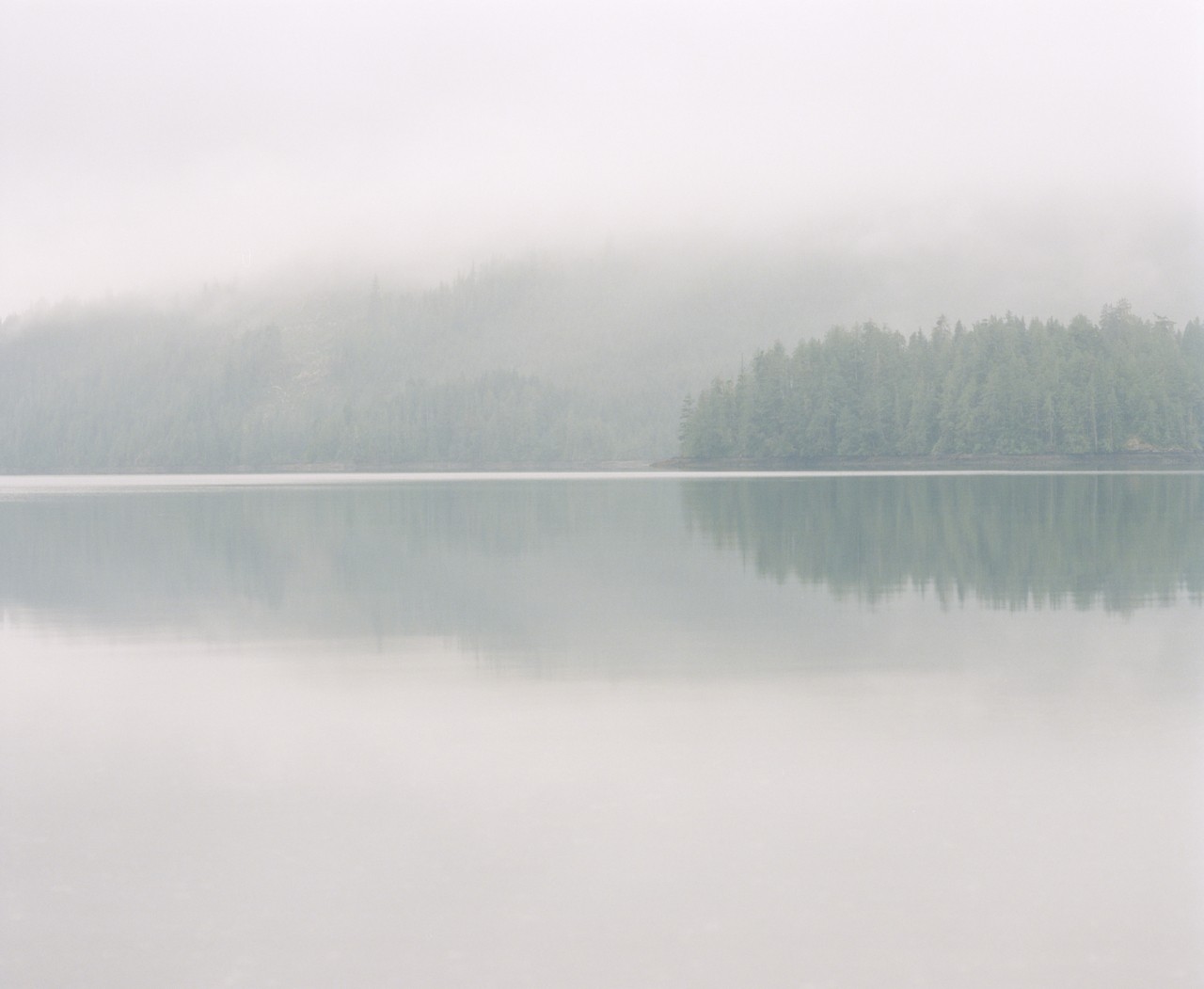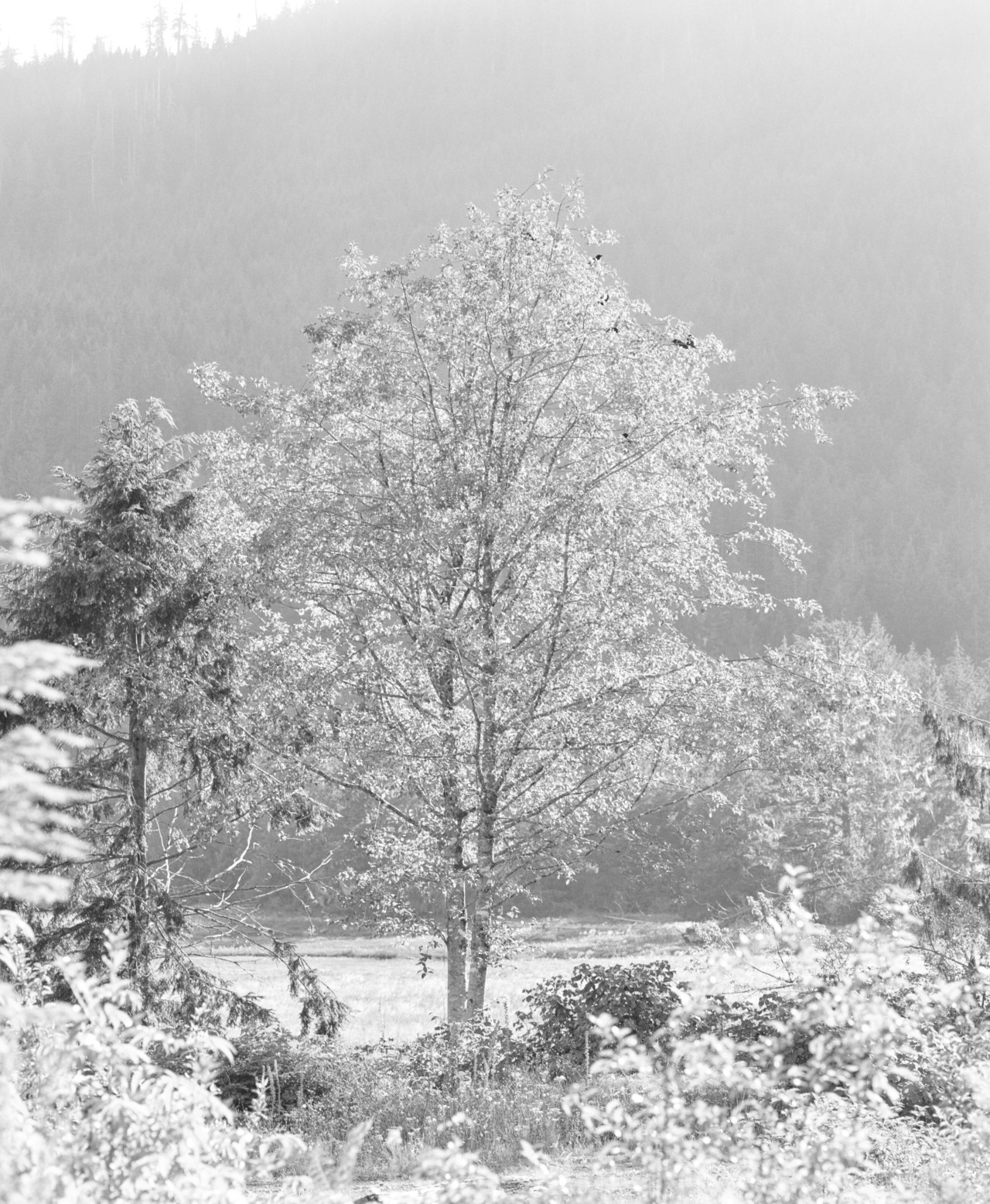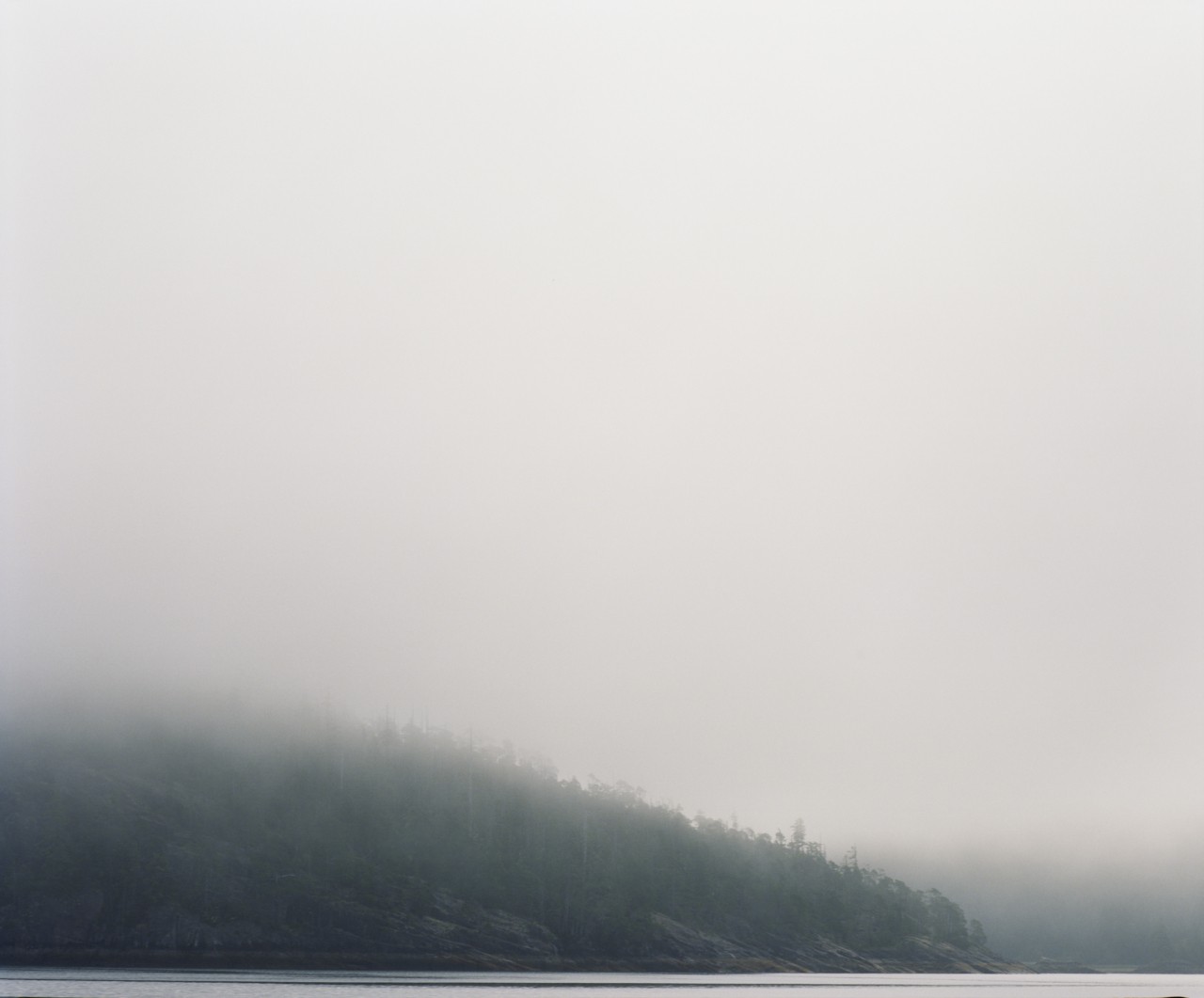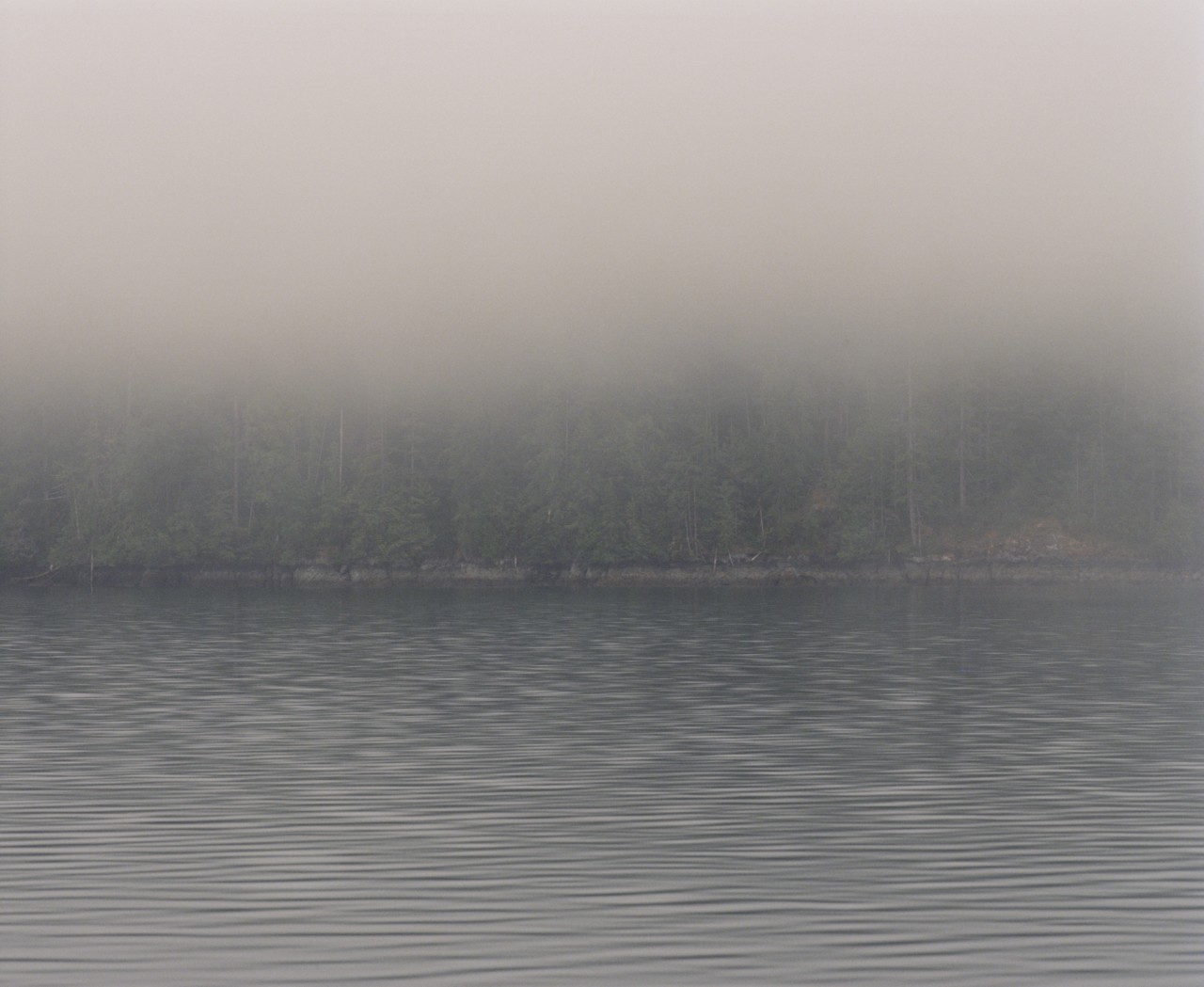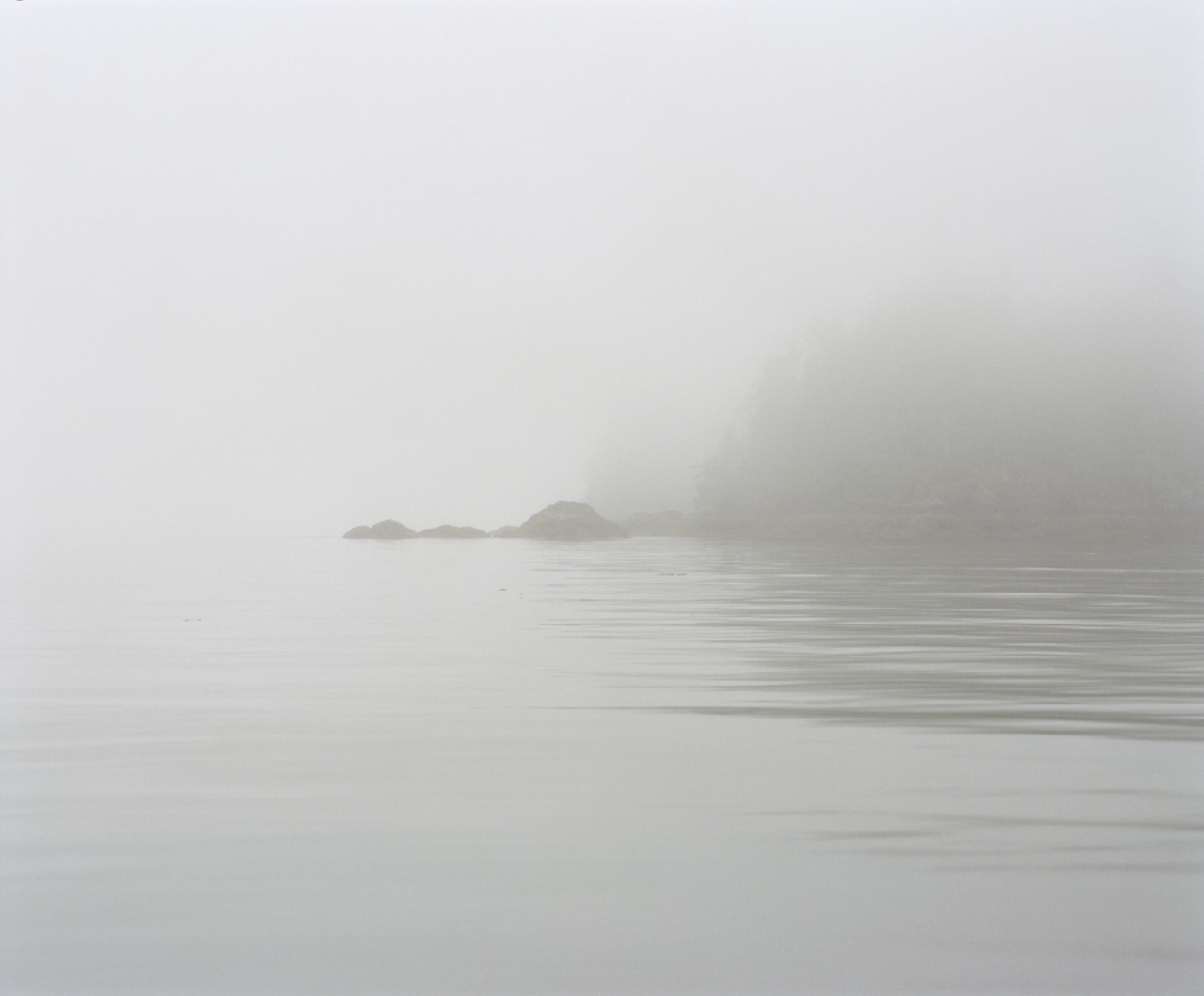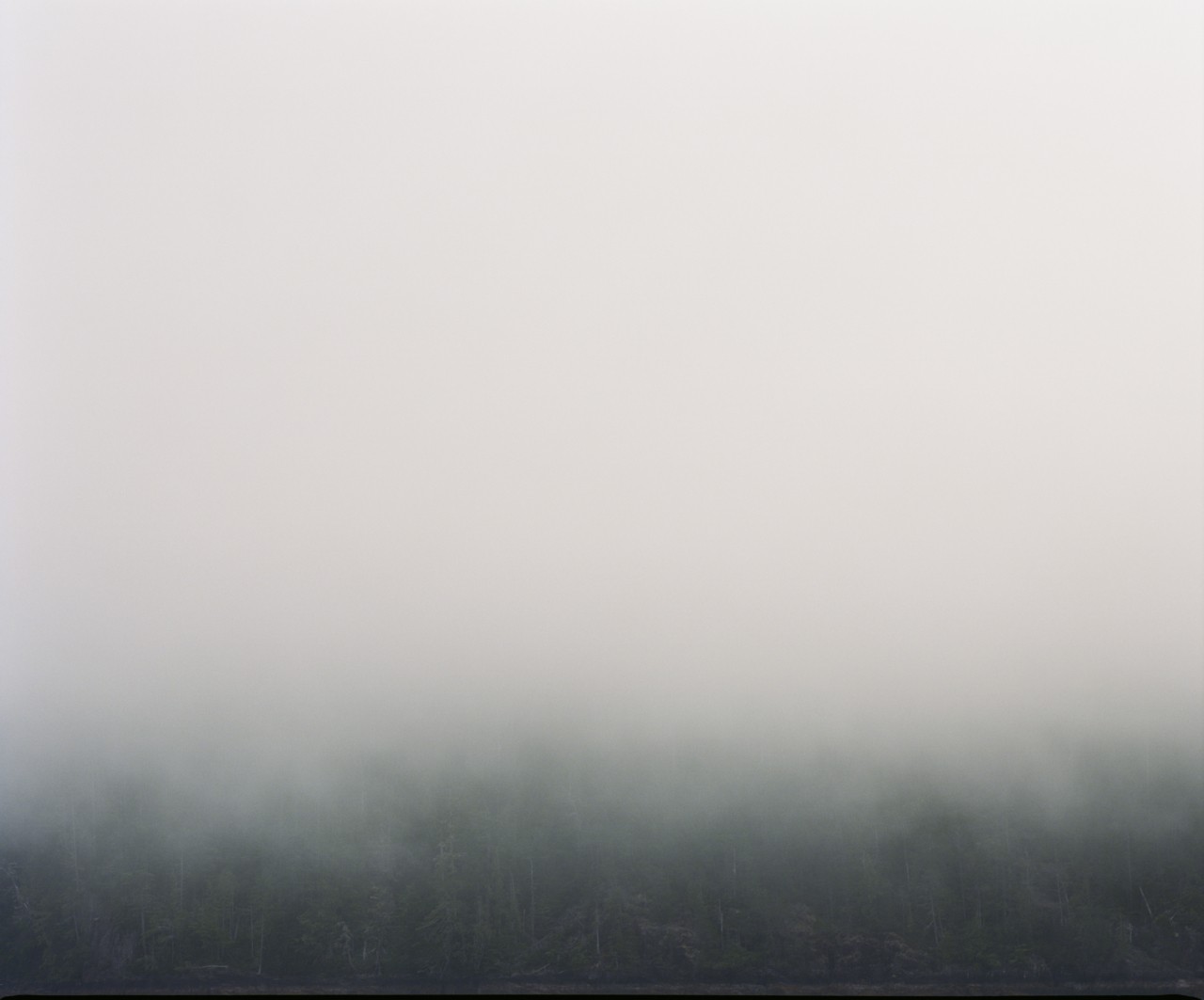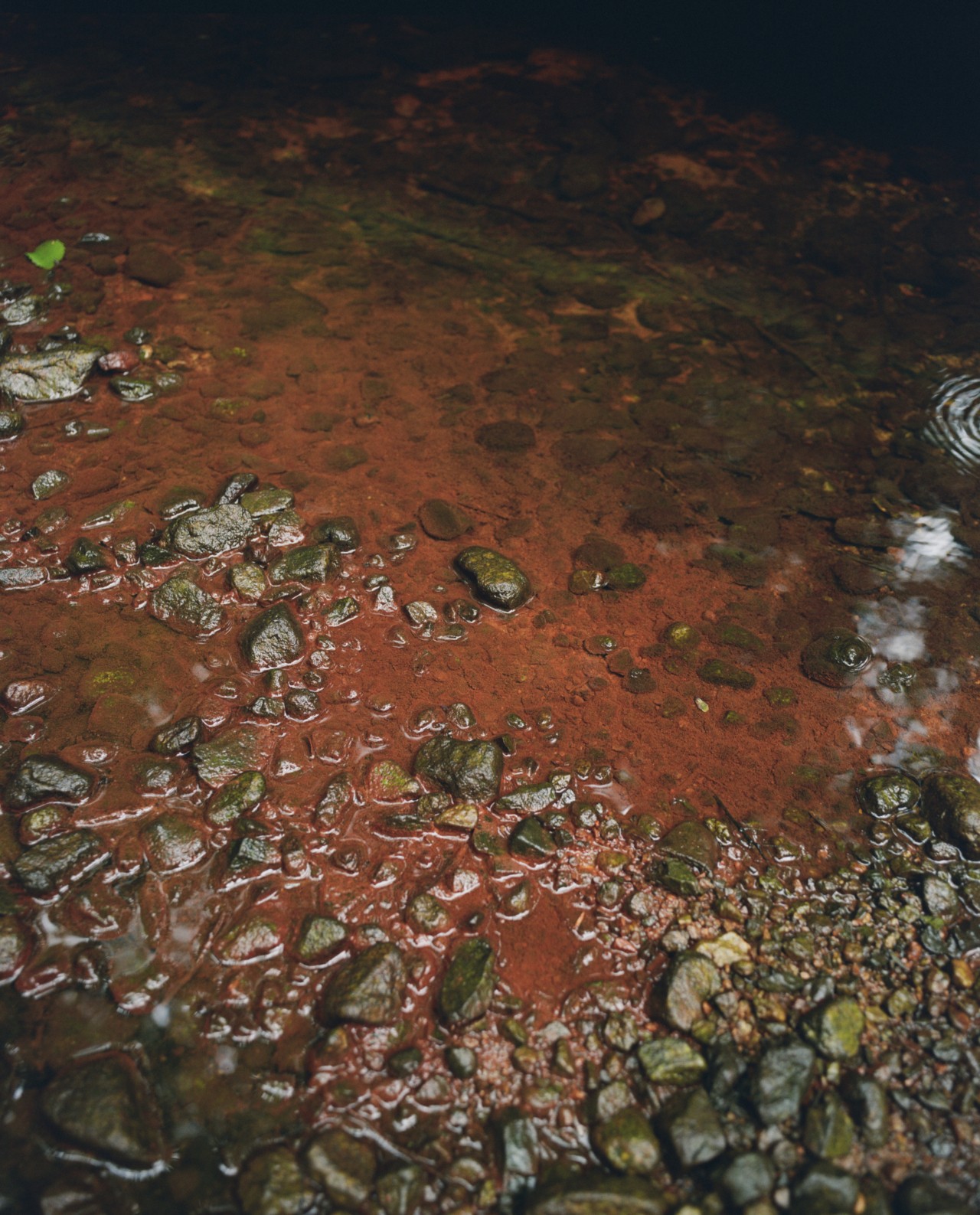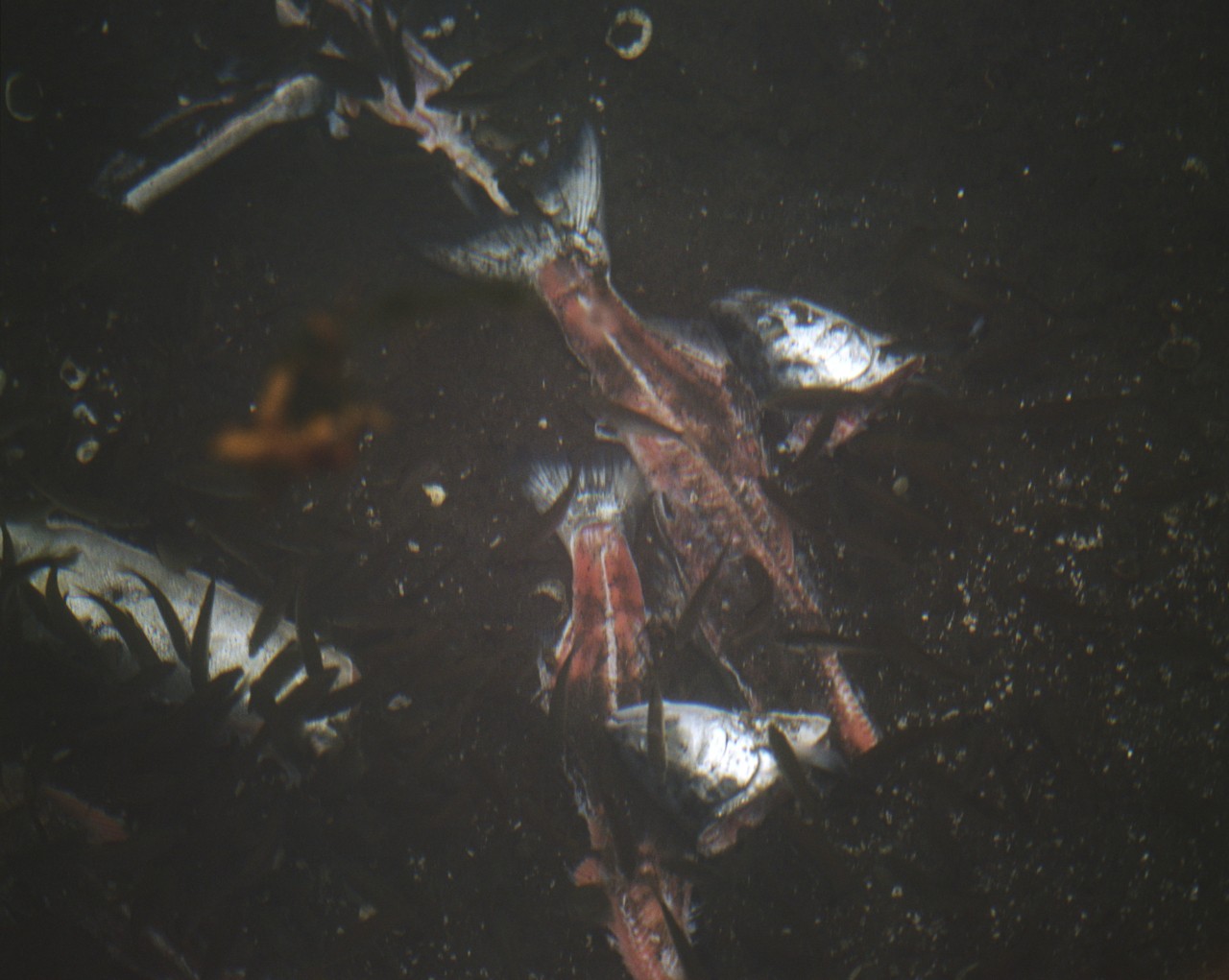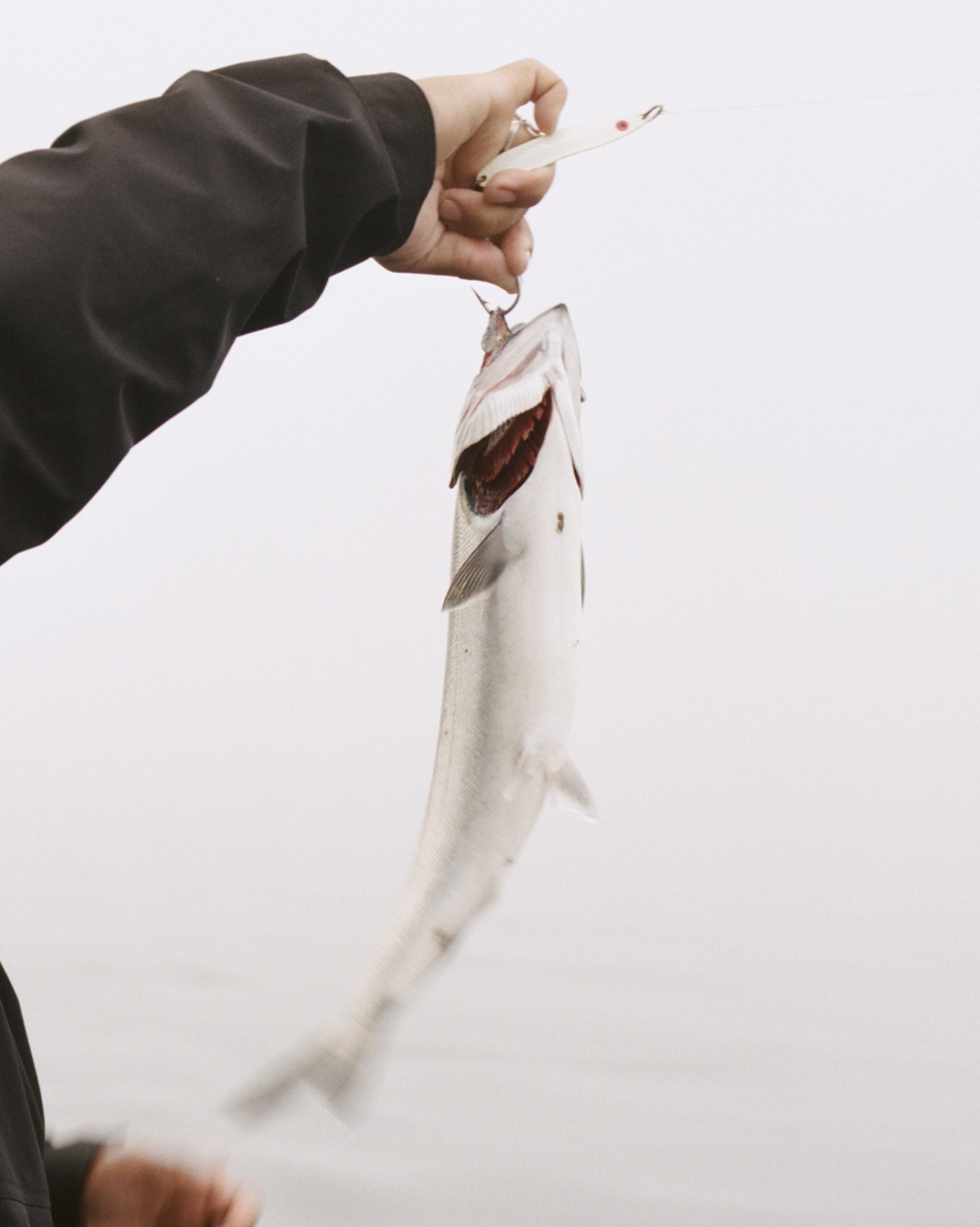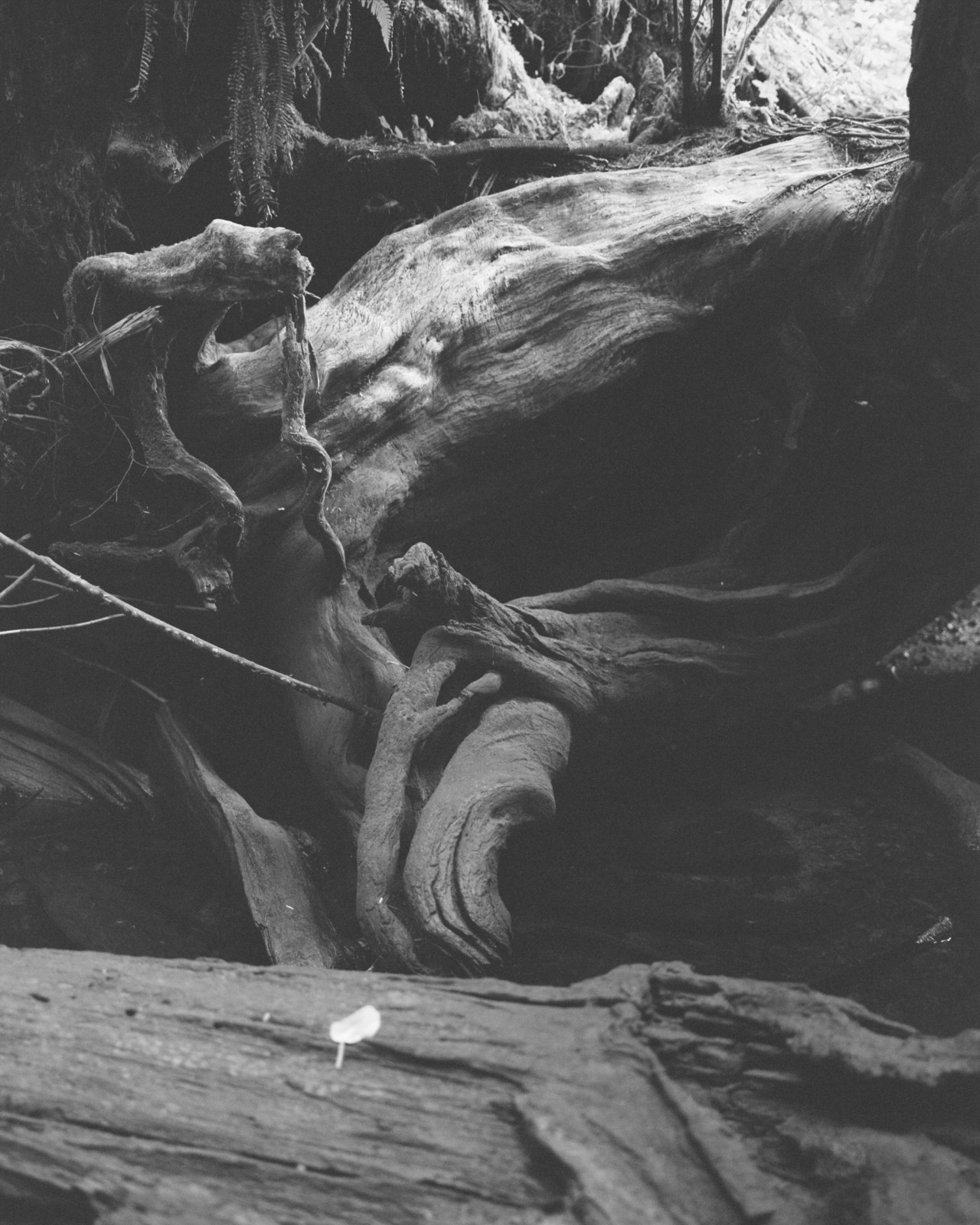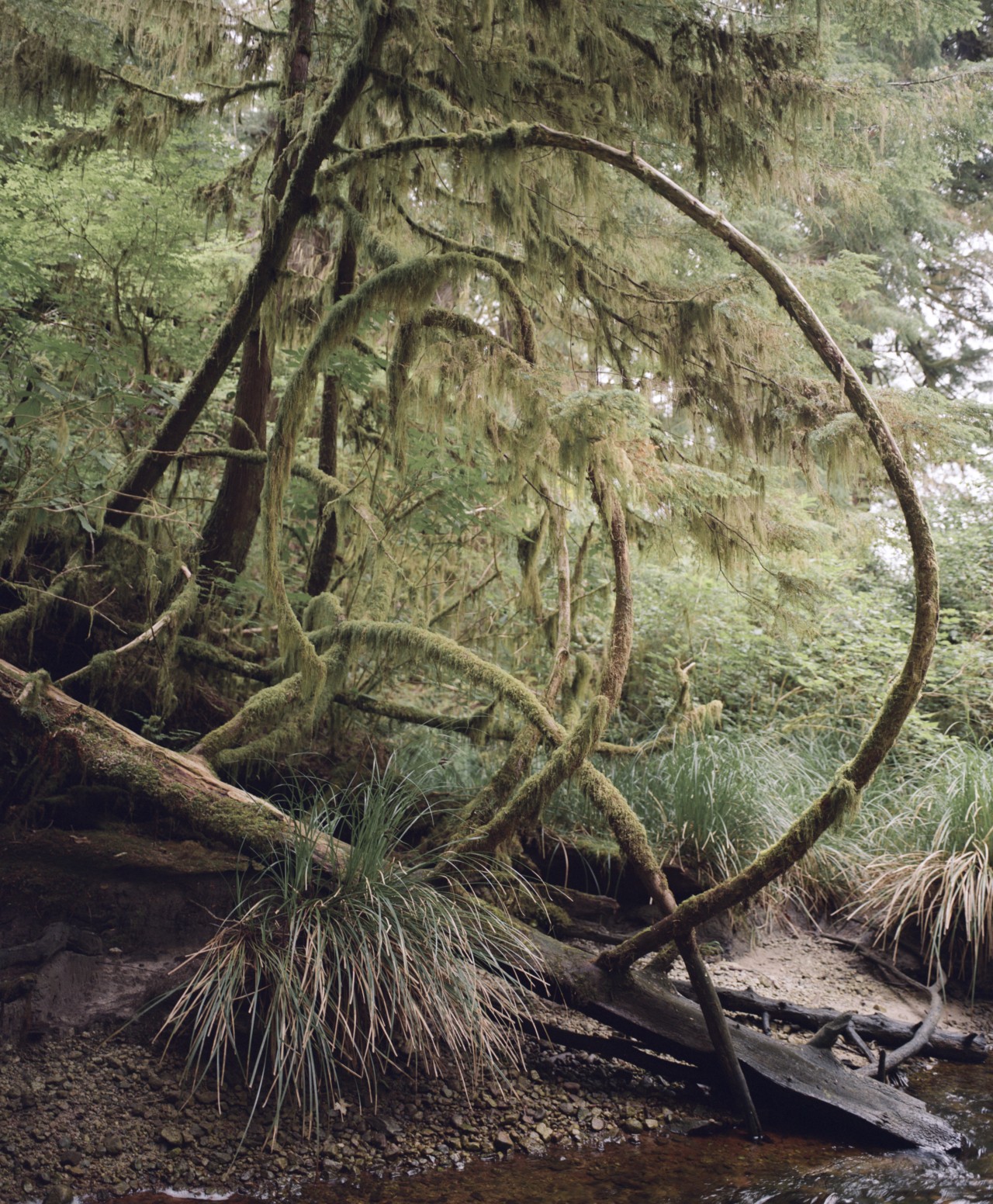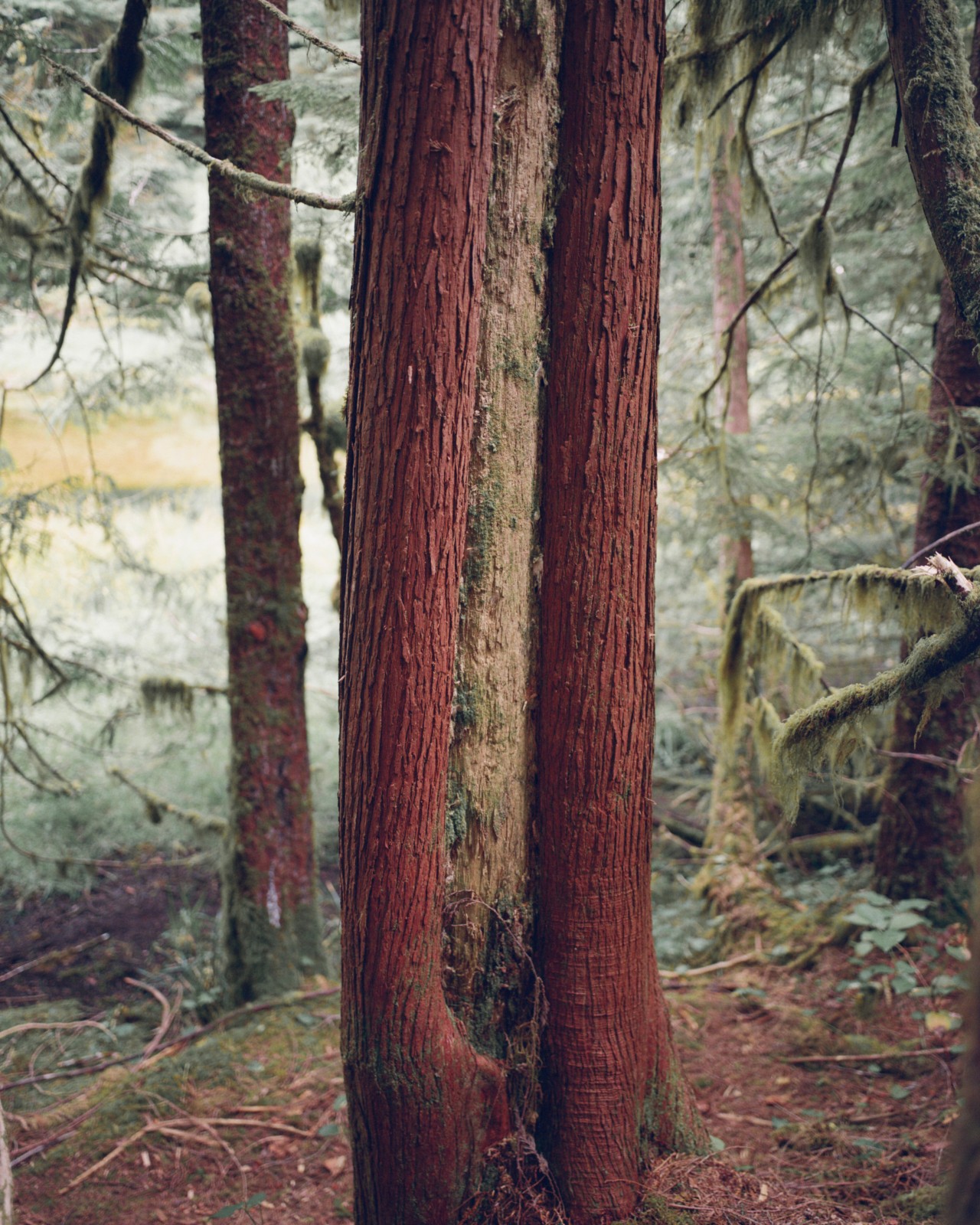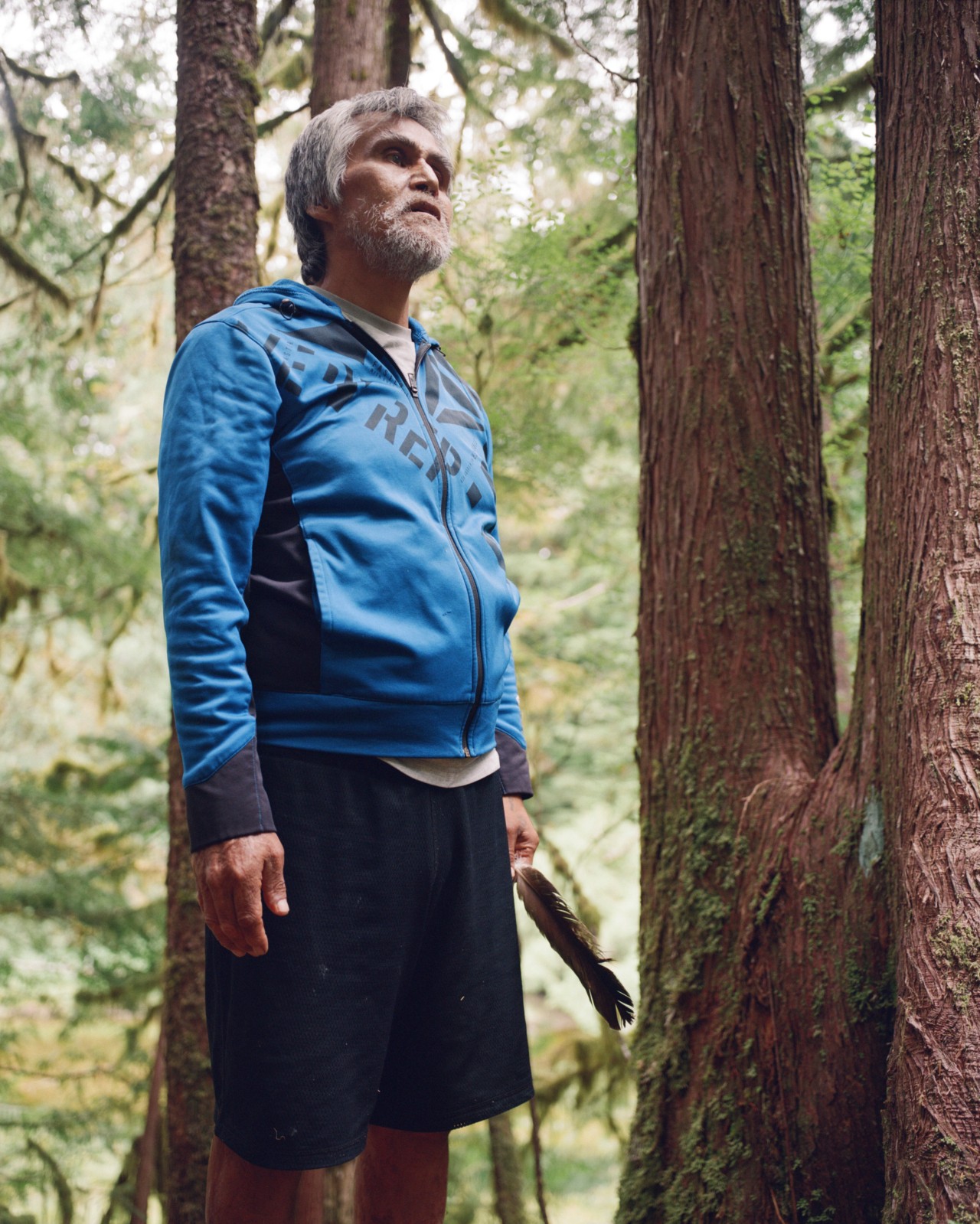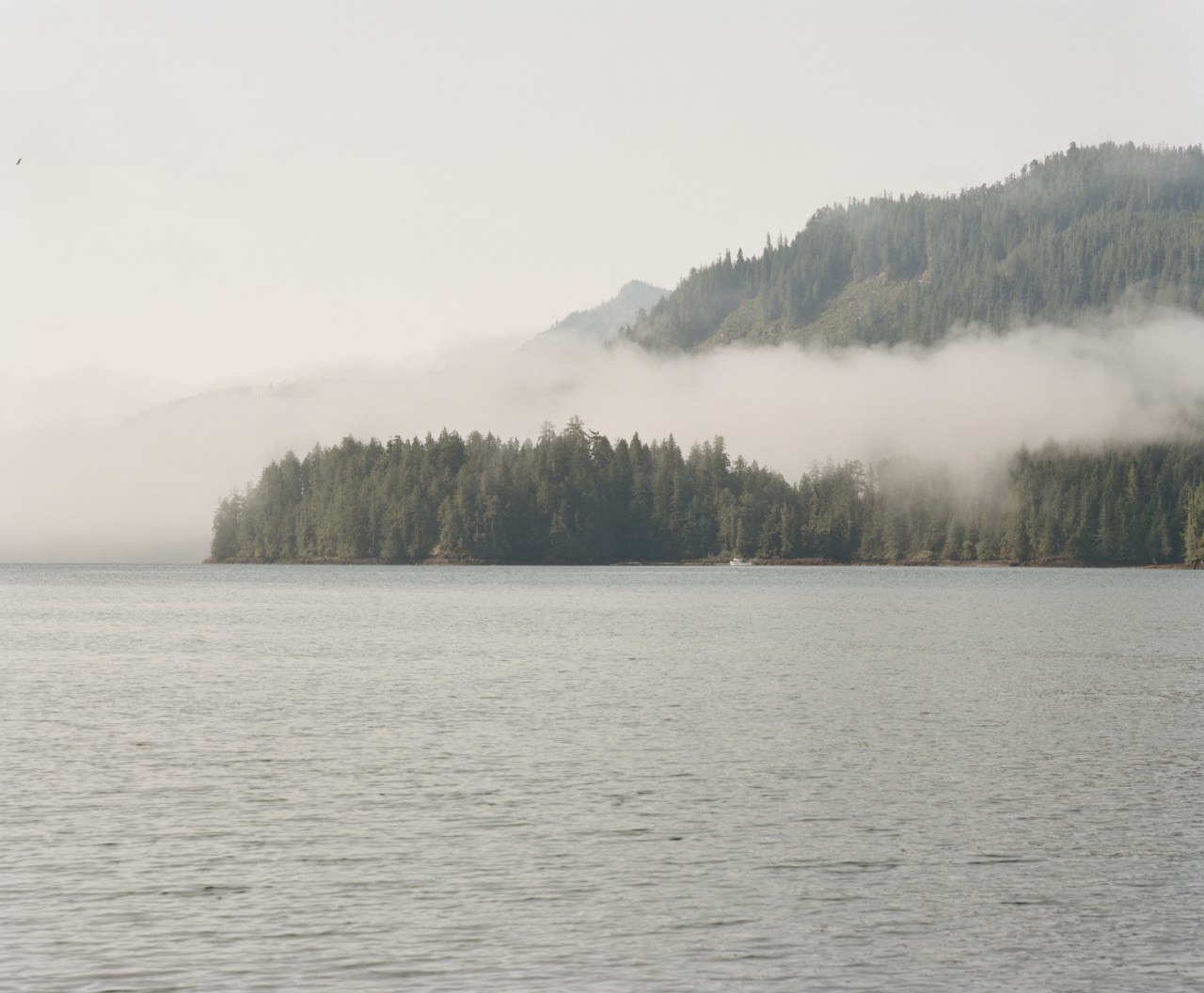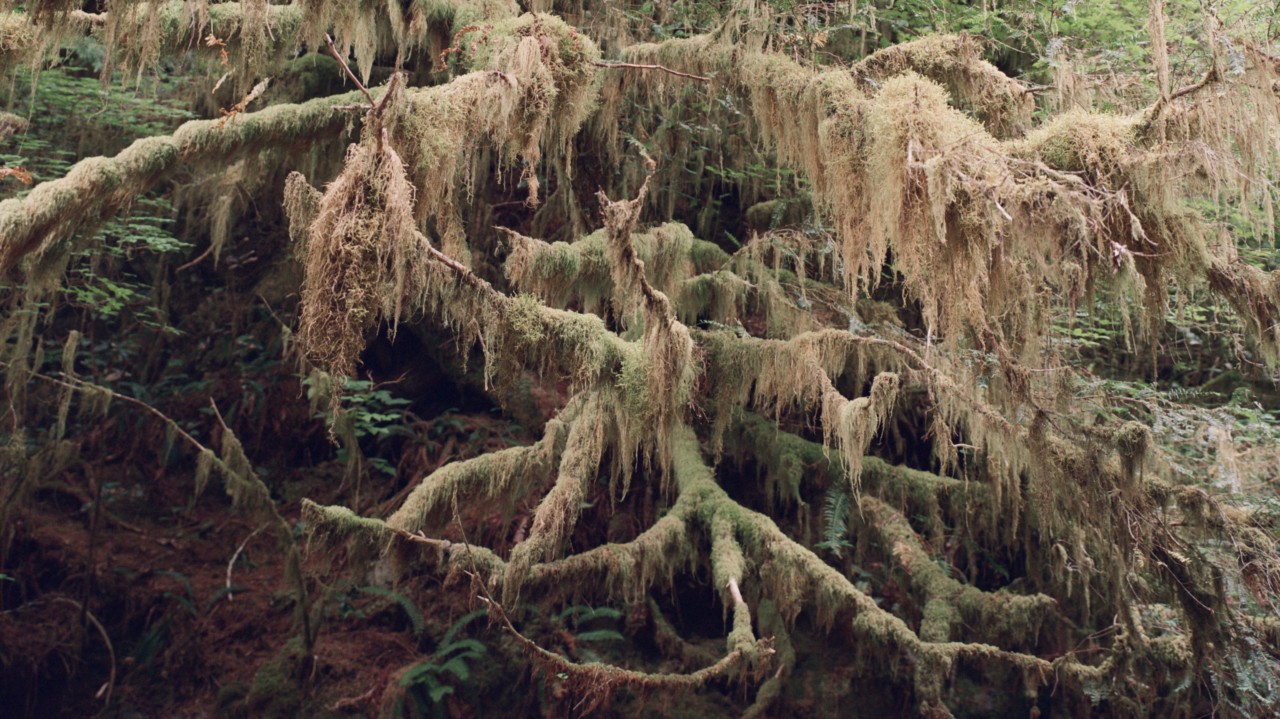
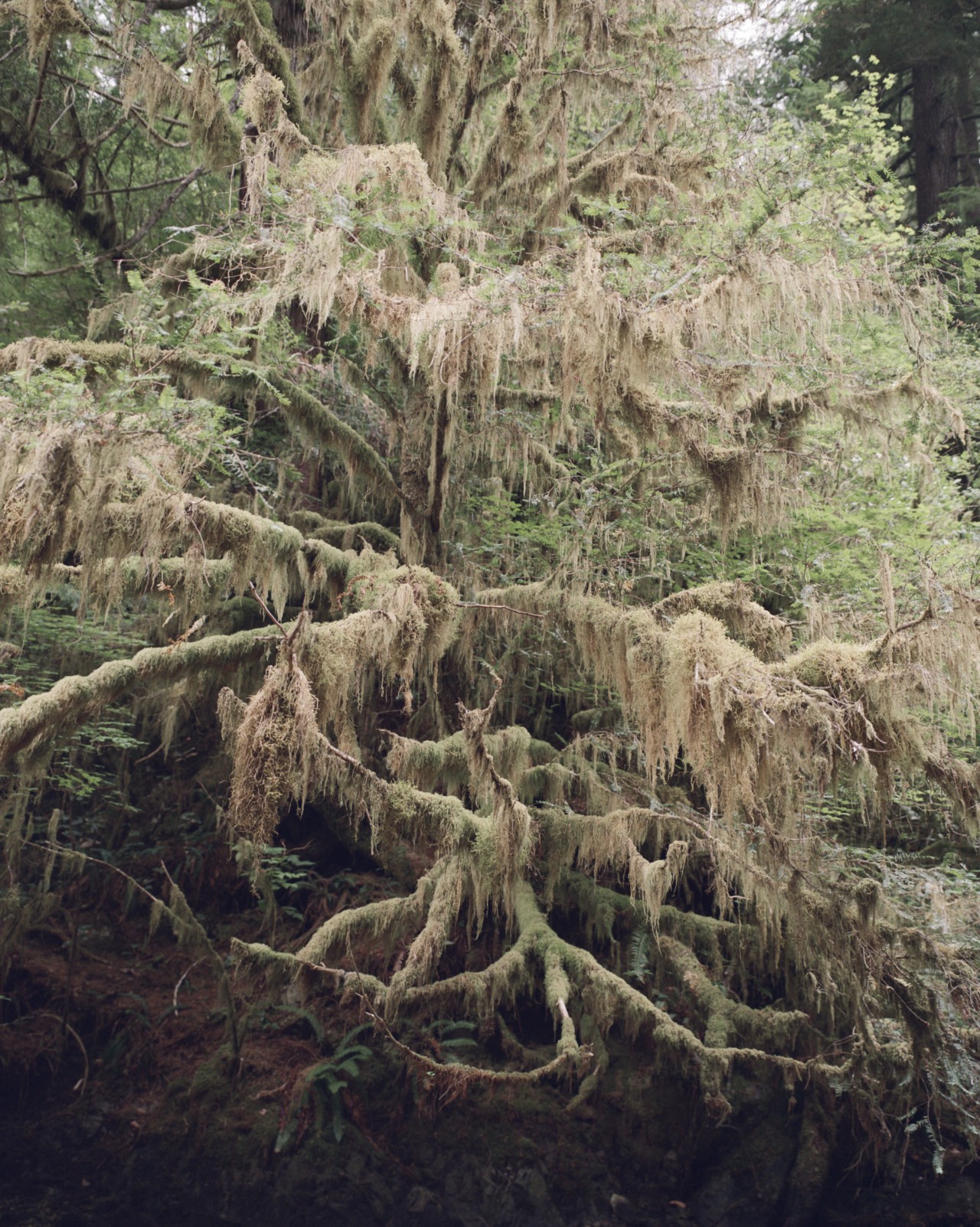
Words by Lynda V. Mapes
Photographs by Pegah Farahmand
Salmon don’t really die, they transform.
There are salmon in the succulent fruit of salmonberries, the bodies of bears, the deep green of trees. Salmon return from the great pastures of the sea, making a magnificent and mysterious journey thousands of miles home to their natal stream beds. Salmon are abundance manifest in every life stage, even—and especially—in death. As their bodies decompose, salmon provide a feast of nutrients from the sea, brought back to the freshwater streams and the land.


So important are these fish to the forests of the Pacific Northwest of the U.S. and West Coast of British Columbia that they are called “salmon forests.” And to the small but mighty Nuchatlaht Nation of what is today called British Columbia, who have lived intertwined with the forests for thousands of years, those salmon forests are worth fighting for. The Nation has been working to protect these precious fish and the forests they nourish by establishing salmon parks that will safeguard these crucial ecosystems for years to come. In order to do so, they have gone all the way to BC’s Supreme Court to reassert their right and title to these forests and streams that they have long stewarded–and to return their cultural values to the management of these lands.
Their teachings honor the web of life that connects the forests, the freshwater streams, the sea, and all beings. “Everything is one, everything is connected,” said Nuchatlaht elder and tribal councilor Archie Little. “What happens at the top of the mountain has impacts on the estuary. You can’t do something without impacting something else. When you don’t respect, you can do a lot of damage. It is time we stand up, start to take action to save and manage what is left. We are saying we will do better, we will be respectful, we will not damage, we will protect.”

Salmon are abundance manifest in every life stage, even—and especially—in death.
Industrial logging since the 1950s has degraded forests and the watersheds and salmon they support. Salmon face a multitude of threats, including global heating, which depletes ocean food webs and warms stream temperatures. But logging–which causes the siltation of streams, smothering salmon eggs; the destabilization of banks; and the felling of trees that shade the water—has especially devastated the home waters of these fish and the forests that shelter them.
Such treatment of the natural abundance of this place is a violation of the teaching of the Nuchatlaht People: hishuk-ish-tsa’walk. Everything is connected.
“Once you understand hishuk-ish-tsa’walk, it opens your eyes,” Little said. “It is not just beautiful words we talk about. We see how far one salmon will go, where it comes in and lays the eggs, fertilizes the eggs, and then dies; what eats that salmon after and where that salmon is dragged to. It is feeding all the other members of the Earth–the eagle can take it a long ways away. Maybe [the eagle] drops it, and it carries on with feeding the bugs, the flies. It just carries on. There is no end to what happens to one salmon after it has spawned. After that salmon has done its work and gone on to the other world, it has helped a lot of other creatures to survive.”




The salmon parks movement began as an effort to regenerate salmon and the forests they return to by establishing parks where logging would still be allowed, but not at an industrial scale. Within these areas, forests would be allowed to regrow and heal themselves and the streams they shelter. The parks were established by the Nuu-chah-nulth Tribal Council, composed of 14 Native Nations, including the Nuchatlaht, who have taken the Canadian government to court for their right to steward these ecosystems.
Their effort has been a historic one: For the first time in Canadian history, a trial court in April 2024 recognized the right and title of an aboriginal Nation, with its decision acknowledging Nuchatlaht right and title to 2,000 hectares, or about four square miles, of their original territory.

It’s just the start of the tiny nation’s larger vision to reassert the original laws of their people on their lands, by which the hereditary chiefs determined how their lands would be managed—from how much fish would be caught to how trees would be used—to ensure continued abundance for the whole community and for future generations.
“Happy trees, happy water, happy salmon, happy people, ” Little said, summing up in the language of the heart what has been his people’s key argument in court.

It was the bears that first taught Tom Reimchen of the University of Victoria about the salmon forests.
His work began decades ago when he was living near a remote lake in the Haida Gwaii archipelago, off the coast of BC, studying stickleback, a species of fish, and he noticed something about the loons. Rather than hunt the abundant stickleback in the lake, they traveled long distances to bring marine fish back to their young.
“I thought, This doesn’t make any sense. It’s very costly to them,” Reimchen said. “It got me thinking about bringing nutrients from elsewhere. I thought, I wonder [how] these things I have been learning about the loons…apply to other species. What about bears and salmon?”


It wasn’t long before he found himself with a pair of night vision goggles, watching bears feast on salmon day and night. “It was clear by the fifth night that they were taking salmon into the forest. And I could see the crows following the bears and the songbirds nipping away at the maggots on the carcasses,” he said. “Sitting under these giant trees with carcasses strewn everywhere, I [was] going, This can’t be a coincidence.”
Reimchen started coring trees to look for the chemical signature of marine-derived nutrients in their wood. “It was such a long shot. It took a lot of effort, with a lot of research,” he said. What he found was “one of the most remarkable things”: the chemical signature of nitrogen from the flesh of the salmon could be found in trees throughout the forest, including the old growth.

“So important are salmon in the life of the forests that their influence on trees can even be seen by satellite.”
“The interface between the ocean and the land is like this,” Reimchen said, knitting his fingers tightly together. That, he noted, has big implications for the health of the land in places where salmon populations are diminished. In a 2011 paper using old cannery data, scientists determined that today, nitrogen and phosphorous brought by salmon to freshwater streams in the Pacific Northwest have fallen by upwards of 90% because salmon runs have so sharply declined. The land is starving for their life-giving death.
So important are salmon in the life of the forests that their influence on trees can even be seen by satellite, said John Reynolds of Simon Fraser University, who, alongside his collaborators, has studied the influence of the sockeye return to the Adams River and pink salmon in the Fraser in BC.


“We got satellite imagery, and we asked the question, Could we see a four-year annual pulse in greenness in the vegetation in one of the rivers that had the highest densities of spawning salmon in Canada?” Reynolds said. “The answer was yes.” He also worked with his collaborators to sample vegetation along 50 watersheds in the Great Bear Rainforest of British Columbia’s central coast. They found that salmon drive a shift toward plants, including false lily-of-the-valley and salmonberry, that are indicators of nutrient-rich soil.
This is the lesson of the salmon forests, Little said: Everything is connected, and that interconnection is the true wealth that must be stewarded.
“It’s not for us,” he said. “It’s for everyone. It’s for all the future generations.”

PHOTOGRAPHY ASSISTANT Benjamin Fenton
This article first appeared in Atmos Volume 10: Afterlife with the headline, “Life-Giving Death.”
In British Columbia, a Key to Preserving Old Growth Forests: Salmon
